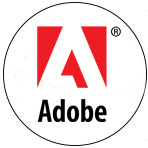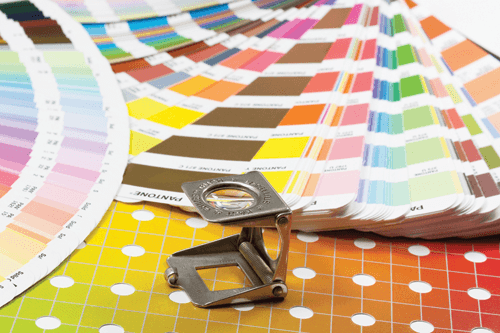
I’m an electrical engineer by training and then became a patent lawyer. In patent law you need to have a technical degree before obtaining your law degree, and so, even though I’m in the legal field, I see first-hand the diversity issues that tech companies are facing. The pool of diverse candidates in the engineering space is smaller than it should be, and so the pool in patent law is even smaller.
At Adobe we’re very focused on increasing our diversity across the board but certainly there’s not enough diversity in regards to gender representation, as we’re only 30% women. I think it’s a dual-track problem – trying to create a great and welcoming workplace for the women we have in addition to growing a pipeline of qualified female candidates who can join the company.
To help improve our workplace environment, we held our first Adobe Women & Leadership Program. 500 employees from around the world attended to help create a forum for women to connect with each other. The speakers included Kimberly Bryant who founded Black Girls Code, author Brené Brown, and Samantha Bee, the comedian, actress and political commentator. Feedback was very positive and this will definitely be an event we continue.
To build the pipeline, one of the initiatives we are focused on supporting is Girls Who Code. We realize we can’t increase diversity without getting young women interested in the computer science and engineering fields early on. Girls Who Code is a US national non-profit organization that takes girls who are in 11th and 12th grades (16 years old) and aims to get them more interested in computer science, so that they are there to fill your technology spots when you are ready to hire. The aim is to address the gender imbalance in technology jobs, which is only getting worse.
Adobe has been involved with the summer immersion program at Girls Who Code (since 2013). We run programs in San Francisco, Seattle, New York and two in San Jose. This past year 100 young women came to Adobe’s offices for seven weeks and worked with Adobe mentors. Engineers from Adobe teach the classes and the girls get one-on-one mentoring from female Adobe engineers.
The problems we’re facing in regards to the pipeline are driven by perception. If tech companies are seen as a culture where only white men flourish, it’s going to dissuade people who aren’t white men from joining us. For example, my youngest daughter is great at science and I’m pushing her to take physics. But she says ‘girls don’t take physics, they take biology!’ There definitely needs to be a shattering of stereotypes. My older daughter, who is 16, is very interested in computer science. But she is one of only two girls in the computer science class, and we are in the heart of Silicon Valley. My eldest daughter is very independent, but seeing her go through the process reminds me that you have to have that personality trait as a girl to survive the cultural discrimination against you for being good at math and science. If you walk into a room and you are the only woman, it can be off-putting. Women in these situations have to have the grit to be comfortable with that, so in a way, women have to be more passionate about engineering and tech than boys are. A boy can fall into computer science by default, but a girl really has to want to be there. And that interest or passion is difficult to develop at an early age, as everyone who has teenagers will know. I don’t know exactly what the solution is but there is a call out to people like myself, who are fathers working in engineering who have daughters, to make sure they give their daughters positive reinforcement about choosing careers in this field. You can spread your impact by role modeling. I go into my daughters’ middle school each year and teach a class on innovation and the school is very racially and socially diverse. I can see the impact of walking in as a diverse person and showing them that a diverse person can have a career in technology and the law.
When I started in the law, as an Indian man, I became used to the idea that I would walk into the room and be the only diverse person. You get used to it but it can be lonely, and you have to push through to get your ideas accepted and your voice heard. Part of creating a diverse workforce is the idea of creating a place where everyone is comfortable so that everyone can contribute their best. The benefits are obvious – the range of ideas, innovation and creativity that different points of view bring. This has a direct financial impact, when we create a product we want it to reach the widest possible audience.
Another key in improving diversity is obvious; you need diverse people in management to have a diverse workforce. In my experience, diverse managers hire more diverse staff. People instinctively hire people that look, act, and talk like themselves. You can either train everyone to be color and gender blind when interviewing candidates, which is a worthy goal, or you can make sure the managers themselves are diverse.
Diverse people tend to be comfortable with a wider set of candidate types and so, when they hire, you end up with a more diverse workplace. However, organizations do seem to struggle with getting diverse candidates into leadership. The risk is higher when making a bad choice at executive level, it’s much costlier, so what people do in the face of higher risk is go to their comfort zone. We have got to confront this issue and make sure diversity goes all the way through organizations.

